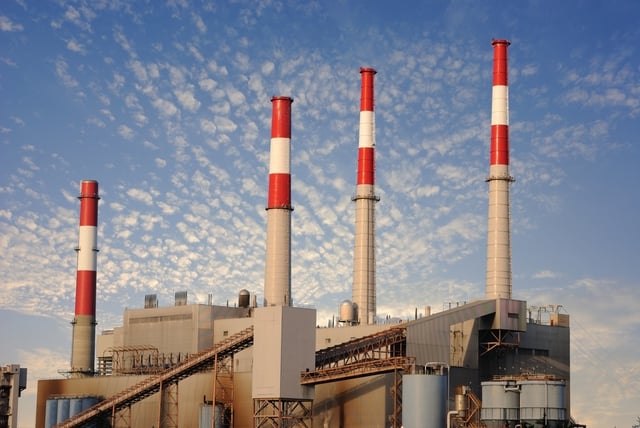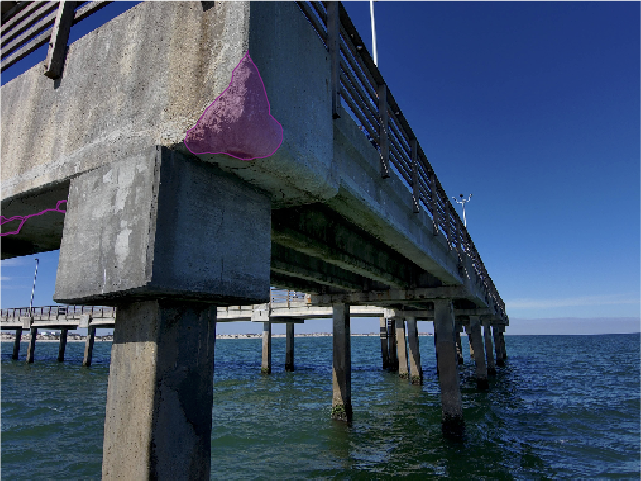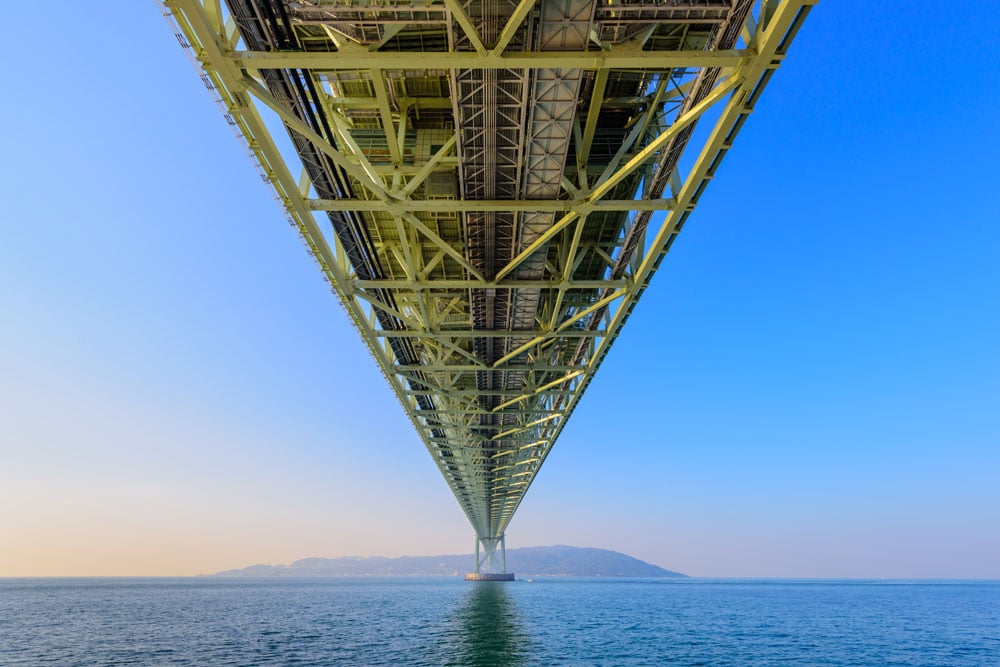INTRODUCTION:
The robotics technologies have the potential to improve the operations, maintenance and field processes in the oil and gas industry. Emerging technologies such as the advanced robots, wearable devices, drones, and more are going to transform the oil and gas companies that embrace them.
The technologies have many benefits that enable them to provide a cost effective solutions to the challenges in the industry. They provide the technical people with the ability to inspect, maintain, or repair critical and complex components such as reactors, tank boilers, pressure vessels, columns, and pipes.
The role of robotics and wearables in the oil and gas sector
Small automated inspection robots can make considerable improvements in accessing and assessing the condition of key components of the infrastructure. The inspection robots have a great potential of increasing the quality and the precision of the assessments, measurements, and data.
These do not only increase the speed at which the management gets data, it also increases safety, ability to reach almost all locations, convenience as well as reducing the costs, risks, downtime and time to identify and fix problems. Performing such functions improves the safety of the employees as well as the operations efficiency.
On the other hand, the wearable technologies can help the organization to monitor their equipment and workers, and hence provide real time data that improves the decision making process. In addition, the devices can enable hands free access and input of data, hence leaving the workers hands free to perform other manual tasks.
This not only reduces the time to complete the task but also improves accuracy and efficiency by allowing the worker to focus more on the task, instead of struggling to look for information from a physical manual or a laptop.
Robots in the oil and gas industry
The list of robots for the industry is endless, ranging from remotely operated drones and robotic drills to automated underwater vehicles and robots. All these can help in improving the operations, response time and safety, and in so doing, minimize the downtime and boost the production and revenue.
The robots can be anything from heavy and large devices to small, compact and lightweight robots. Using the locomotive concept or magnetic wheels the robots have the ability to pass obstacles and climb complex structures.
This allows them to access, inspect and perform other functions such as painting or welding of a wide range of components. Further, equipping them with different sensors and functionalities enables them to perform multiple tasks, either, one at a time, or simultaneously. For example, some robots can be cleaning the inside of a boiler and at the same time inspecting the walls to see if there are any defects.
Developers are building and customizing small robots to enable them to reach confined spaces for inspection without disassembling or opening up the structure or specific component such as a tank. With such a capability, it eliminates the need to send a person to risky areas in addition to reducing the time to carry out any particular maintenance or inspection task.
-576102-edited.jpg?width=640&name=isw%204%20by%20Ian%20Hannah%20(2)-576102-edited.jpg)
Applications of robots in the oil and gas industry
The robotic technology is very diverse and has the potential to cater for several types of applications. Typical systems have the ability to perform tasks such as
- Checking for corrosion, cracks and weld defects inside and outside of the columns, furnaces, boilers, and other structures
- Automating dangerous and repetitive tasks such as connecting the drill pipes through the oil bearing rocks or miles of oceans.
- Remote visual inspection of pipes, tanks, and vessels hence eliminating the need for a worker to enter the confined and tight space to visually inspect the systems.
- Cleaning and painting the oil and gas facilities. The robots with various brushes, high-pressure water jet nozzles, and vacuum suction pumps have the ability to enter and clean low clearance or confined spaces. The bigger models can clean and remove paint from the interior and exterior walls of structures such as tanks and other facilities.
- Inspecting tank walls and floors from inside,
- Inspecting the inside and outside of pipe systems, tank walls and floors, flare systems as well as welds inside reactors
Wearable technology in the oil and gas industry
Wearable device technology can provide a number of solutions that range from capturing accurate data and improving safety to collaboration, real-time data sharing, and remote field assistance. Other benefits include simplifying the operations for the workers in the field and allowing them to easily, accurately and efficiently collect and deliver information.
A typical example is the smart glasses with a see-through heads-up-display (HUD) that helps the workers in the field to remain on track of their assignments or projects while assessing the essential information. This allows them to easily focus on their current tasks while at the same time have the ability to easily refer to a task list, a schematic, guidelines, manuals, instructions or any other information whenever they need it.
Smart glasses with AR can help the workers to use voice control to request and input data, all hands-free, hence eliminating the need to carry or use bulky laptops, input data manually or leave the task at hand to look for information or enter the field data.
In addition, the use of cameras and HUD allows the workers to access step by step instructions to ensure compliance, or interactive service manuals when repairing equipment in the oil rig or another system in remote areas.
The company can even review the records from these devices to find out if the workers are indeed adhering to the codes and regulations in the oil facilities. Embedding sensors in devices such as wrist and arm bands, smartwatches, smart helmets, glasses, and clothes can improve the well-being and safety of workers. These will have the ability to s monitor the worker’s health environment, detect and send alarms or warn workers and management of the presence of hazardous chemicals, radiations or toxic gases.
Challenges that wearable technologies must overcome
There are however several technical consideration when designing wearable devices for the harsh environment in the common in the industry. In particular, the technology should have the ability to withstand extreme temperatures from as low as -50°C during winters to over 60°C during hot weather in the deserts.
The devices should be robust enough to survive severe knocks and impacts as well have the ability to withstand corrosive and dusty environments.
CONCLUSION:
As technologies improve, the wearable and robotics and drones will help organizations to streamline and optimize their operations hence reduce downtime and revenue losses.
The oil and gas companies can use robots to access complex, difficult to reach, and confined spaces to perform a variety of functions. In addition, the robots can perform most of the repetitive and dangerous tasks.
The wearable devices for the industry range from augmented reality smart glasses to lightweight body-mounted devices. These can help the field workers to be more efficient and safe by reducing the time they spend on a particular task and monitoring the surrounding for any risks. Besides improving operations and efficiency, the wearable devices have the potential to replace the bulky equipment that field workers in the oil and gas industry often carry with them.






